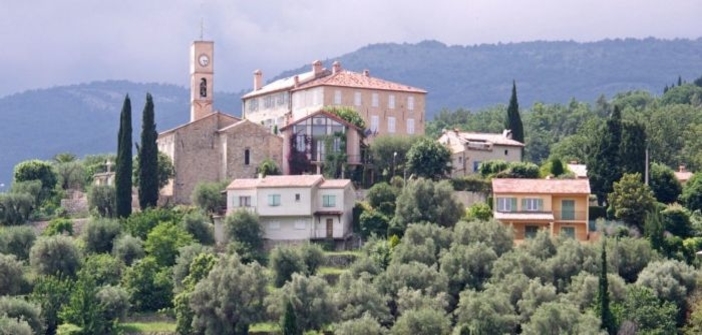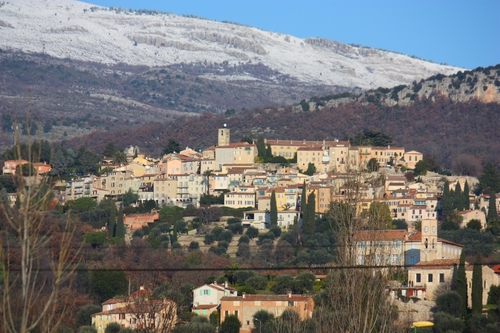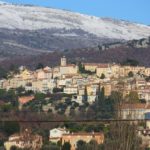This village is located in the valley of the Brague and is surrounded by hills with the highest not exceeding 400 meters in altitude. Since the time of the Celts and Ligurians, the area was contested by Romans, Barbarian Ostrogoths and Visigoths, and Saracens.
Opio regained some tranquility at the end of the 10th century in 973 when William I of Provence drove the Saracens out of Provence. He was aided by several lords, including Rodoard for Opio, who, as a reward for his participation, became the lord of Antibes.
The village’s name experienced several variations, all evoking the same root, that of an Oppidum or a stronghold. Rodoard held this fief, and his son William, known as Gruette, retired in 1034 to the Lérins Abbey, bringing a part of his fief to Lérins. In 1110, the Bishop of Antibes and the Abbot of Lérins quarreled over lands and the benefit of the churches. The lords of Opio were gradually stripped of their possessions. The fief of Opio extended to the sea and the port of Cannes; its fragmentation in 1138 reduced it to its current size and boundaries.
In 1244, the episcopal seat of Antibes moved to Grasse, and the diocese of the city of perfumes remained the lord of the Opio fiefdom until the revolution. In 1631, Antoine Godeau was appointed lord of Opio by Louis XIII and was consecrated Bishop of Grasse in 1636. Monsignor Godeau visited Opio several times between 1640 and 1650, requesting that Saint Trophime be honored in the eponymous parish church.
This Romanesque church dates back to the 12th century. It was built on the foundations of a temple from the Roman period, where a retable can be seen. Monsignor Godeau’s request was honored, with the saint depicted above the main altar; the church also houses the relics of Saint Florida, the village’s patroness.
Opio obtained communal liberties and the first meeting of the consuls (municipal council) took place on November 8, 1734. The episcopal castle dates from the 17th century, located next to the town hall, it is now a private property. Visitors should not miss descending toward the Brague River. There, a mid-19th-century mill still operates, producing olive oil, which is one of Opio’s main activities.
We cannot leave Opio without mentioning two notable residents of this village: the photographer Jacques Henri Lartigue and the author Lady Fortescue, a British writer who resided in Opio and wrote “Sunset House” there. She is buried in the Opio cemetery.
From the Restoration to the beginning of the 20th century, priests organized missions and mission crosses were planted in the countryside. Visitors can discover them by walking the paths around this village. There are also two oratories from 1634.
Opio has unveiled its history to us, and as we leave this village where the allure of glitz and artificial appearances has not distorted its soul, Opio has remained authentic.
Thierry Jan




